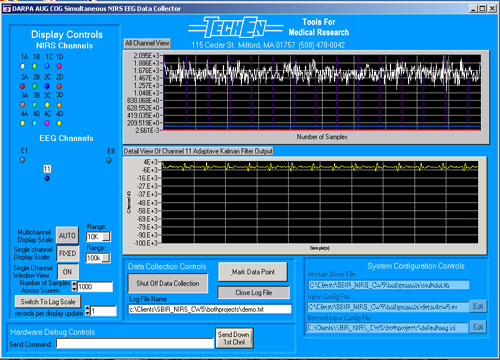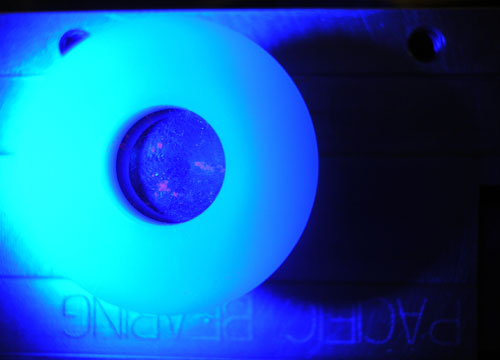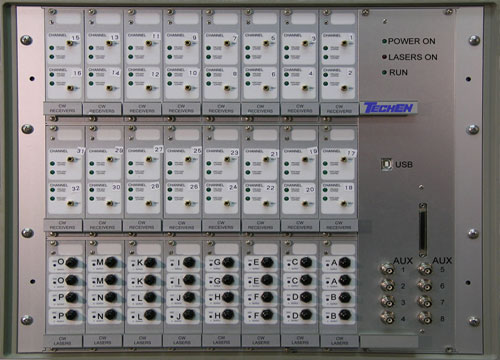The most common type of invasive cancer in women, breast cancer accounted for 458,503 deaths worldwide in 2008 (13.7% of all cancer deaths in women; 6.0% of all cancer deaths for women and men together). Ongoing research and advances in breast cancer screening have helped to fight the disease, but there is still a need to catch more cancers earlier. NIRS holds considerable promise in this area.
X-ray mammography has long been the gold standard for breast cancer detection, offering a means to identify non-palpable tumors with fairly high sensitivity. The technique depends on structural changes within the breast, however, and for this reason cannot detect cancers at very early stages, before they are structurally evident.
NIRS can measure hemodynamic changes reflecting the metabolic demands of tumors during formation, and thus can identify tumors before they are visible by x-ray. In addition, it can spot tumors that might be hidden on x-rays (in dense breasts, for example) and differentiate between tumors and non-cancerous masses such as cysts - helping to avoid unnecessary biopsies, which can be particularly traumatic for patients.
Researchers have been working to develop near-infrared spectroscopy and diffuse optical tomography for breast cancer detection since the late 1990s. Many of these efforts have focused on multimodal imaging with NIRS providing functional information about the formation and growth of tumors and x-ray offering structural guidance. Early trials have proved very successful, as can be seen in a number of papers on the Publications page.
Read more about our CW6 technology here.



